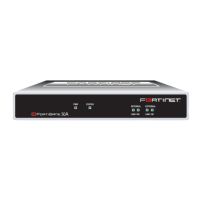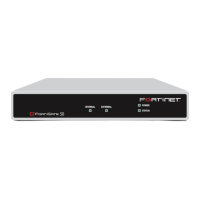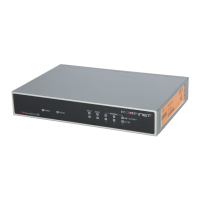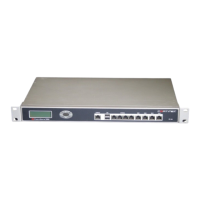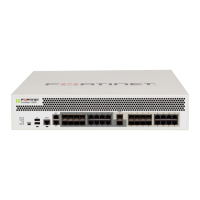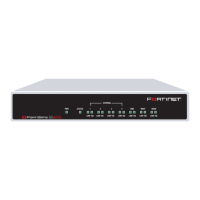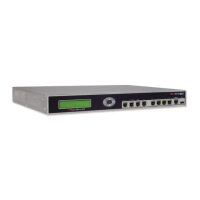Router Dynamic RIP
FortiGate Version 3.0 MR4 Administration Guide
01-30004-0203-20070102 189
Router Dynamic
This section explains how to configure dynamic protocols to route traffic through
large or complex networks. Dynamic routing protocols enable the FortiGate unit to
automatically share information about routes with neighboring routers and learn
about routes and networks advertised by neighboring routers. The FortiGate unit
supports these dynamic routing protocols:
• Routing Information Protocol (RIP)
• Open Shortest Path First (OSPF)
• Border Gateway Protocol (BGP)
The FortiGate unit selects routes and updates its routing table dynamically based
on the rules you specify. Given a set of rules, the FortiGate unit can determine the
best route or path for sending packets to a destination. You can also define rules
to suppress the advertising of routes to neighboring routers and/or change
FortiGate routing information before it is advertised.
The following topics are included in this section:
• RIP
• OSPF
• BGP
• Multicast
RIP
RIP is a distance-vector routing protocol intended for small, relatively
homogeneous, networks. The FortiGate implementation of RIP supports RIP
version 1 (see RFC 1058) and RIP version 2 (see RFC 2453).
Note: Basic RIP, OSPF, and BGP routing options can be configured through the web-based
manager. Many additional options may be configured through CLI commands only. For
complete descriptions and examples of how to use CLI commands to configure RIP, OSPF,
and BGP settings, see the “router” chapter of FortiGate CLI Reference.
Note: A FortiGate unit can operate as a Protocol Independent Multicast (PIM) version 2
router in the root virtual domain. FortiGate units support PIM sparse mode and dense mode
and can service multicast servers or receivers on the network segment to which a FortiGate
interface is connected. PIM can use static routes, RIP, OSPF, or BGP to forward multicast
packets to their destinations.
Note: Basic routing options can be configured through the web-based manager. Many
additional options may be configured through CLI commands only. For complete
descriptions and examples of how to use CLI commands to configure RIP settings, see the
“router” chapter of the FortiGate CLI Reference.
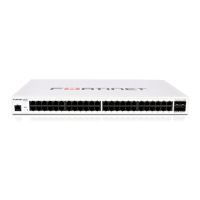
